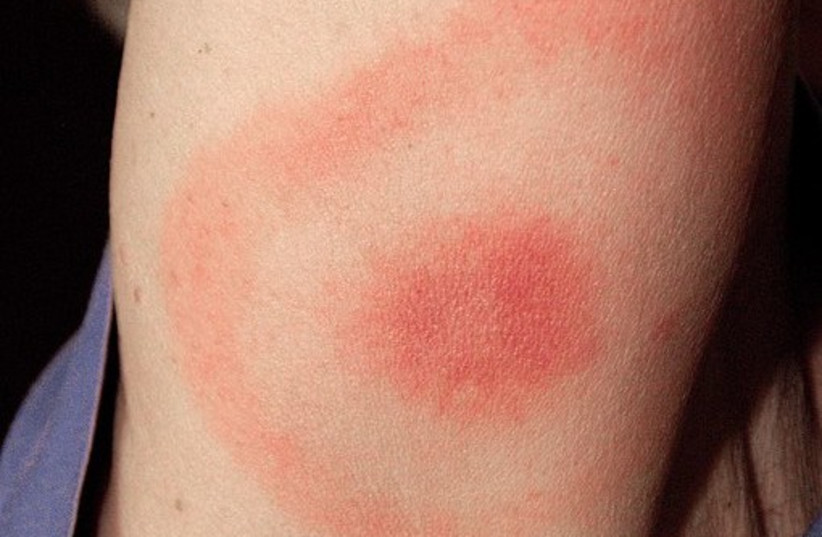During the summer season, ticks and fleas are highly active, posing not only a nuisance but also potential health hazards.
Jennifer Quanta, a certified nurse from Texas, US, strongly advises against removing ticks from your body or your pets using your fingers.
This is because improper removal runs the risk of releasing the tick's stomach contents into your body or the host's body, leading to potential infection.
How should you remove ticks?
According to the US Centers for Disease Control and Prevention, the correct method for tick removal involves using fine tweezers. This allows for grasping the tick as close to the skin surface as possible. Carefully lift it straight upward without twisting, as twisting can cause the tick's mouthparts to break off and remain lodged in the skin.
After removing the tick, thoroughly wash the bite area and your hands with soap and water. If you develop a rash or experience fever in the weeks following the bite, it is advisable to consult a doctor, as suggested by Quanta.
While not all ticks carry diseases, bites from infected ticks can transmit conditions such as Lyme disease, Powassan virus disease, and heart virus disease. Quanta recommends placing the tick in a sealed bag after removal and sending it for testing to determine if it carries any infections.

Lyme disease, which is primarily transmitted by black-legged ticks, is caused by bacteria known as Borrelia burgdorferi and Borrelia mayonii. Although the disease is usually treatable with antibiotics, untreated infections can lead to symptoms like arthritis and fatigue.
Early signs of the disease typically include fever, muscle aches, joint swelling or pain, headaches, swollen lymph nodes, and sometimes a rash.
